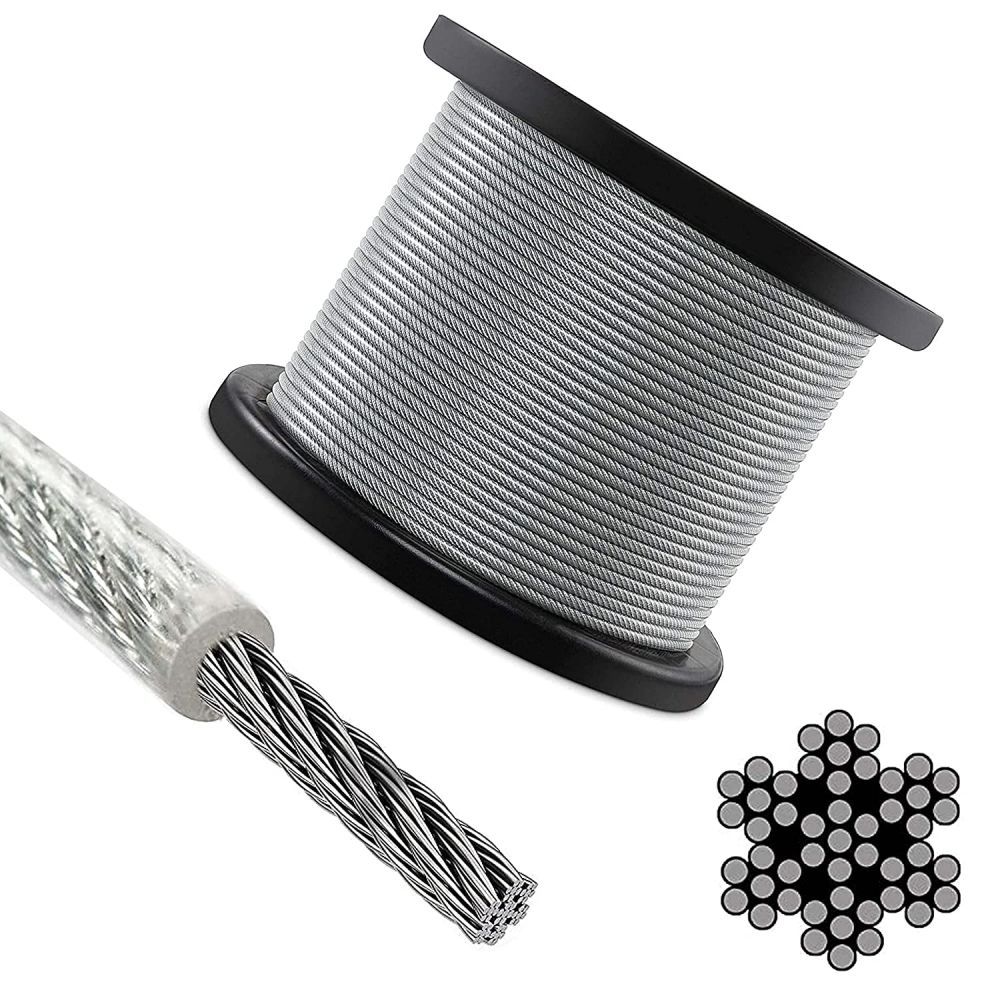
Stainless wire ropes are vital for their strength and corrosion resistance. Blogs offer insights for professionals and DIY enthusiasts on their uses and benefits. Here’s what you can typically expect to find in these blogs:
Metal clamps are made from materials such as stainless steel, aluminum, or brass. These materials offer excellent strength and durability, making metal clamps ideal for heavy-duty applications. They are particularly suited for environments requiring high resistance to corrosion and temperature variations. The robustness of metal clamps ensures they can withstand significant mechanical stresses without deforming or failing.
Plastic clamps are lightweight and resistant to chemicals and moisture, making them suitable for less demanding applications. Despite being lighter and often less expensive than metal clamps, high-quality plastic clamps can provide good strength and durability. They are an excellent choice for situations where corrosion resistance and lower weight are more critical than extreme mechanical strength.
Composite clamps combine the benefits of metal and plastic, offering high strength and resistance to harsh conditions. These clamps are often used in aerospace and automotive applications where performance and reliability are paramount. The composite materials allow for a balance of weight, strength, and resistance to environmental factors, making them highly versatile for demanding applications.
Choosing the appropriate clamp for your wire or cable size and specific application requirements is essential. Using the wrong size or type of clamp can compromise the security and effectiveness of the connection, potentially leading to system failures or hazards.
Ensure that the clamp is tightly fastened without being overly tightened, as this can damage the wire or cable. For screw and bolt clamps, use appropriate tools to achieve the correct tension. Proper fastening ensures the clamp remains secure under operational stresses without causing damage to the encased wires.
Periodic inspections of wire clamps are necessary to identify signs of wear, corrosion, or damage. Replacing compromised clamps immediately is crucial to maintaining the integrity of the wiring system. Regular maintenance helps prevent unexpected failures and extends the overall lifespan of the installation.
Consider the operating environment when selecting wire clamps. For marine or chemical environments, it is important to choose clamps that offer high resistance to corrosion and chemicals. Understanding the specific environmental conditions ensures the selected clamps will perform reliably over time without degradation.
By understanding the different types, applications, materials, and proper installation techniques, you can select the appropriate wire clamp for your needs. This knowledge enhances the performance and longevity of your projects and devices, ensuring reliable and efficient operation in various conditions.

Stainless wire ropes are vital for their strength and corrosion resistance. Blogs offer insights for professionals and DIY enthusiasts on their uses and benefits. Here’s what you can typically expect to find in these blogs: